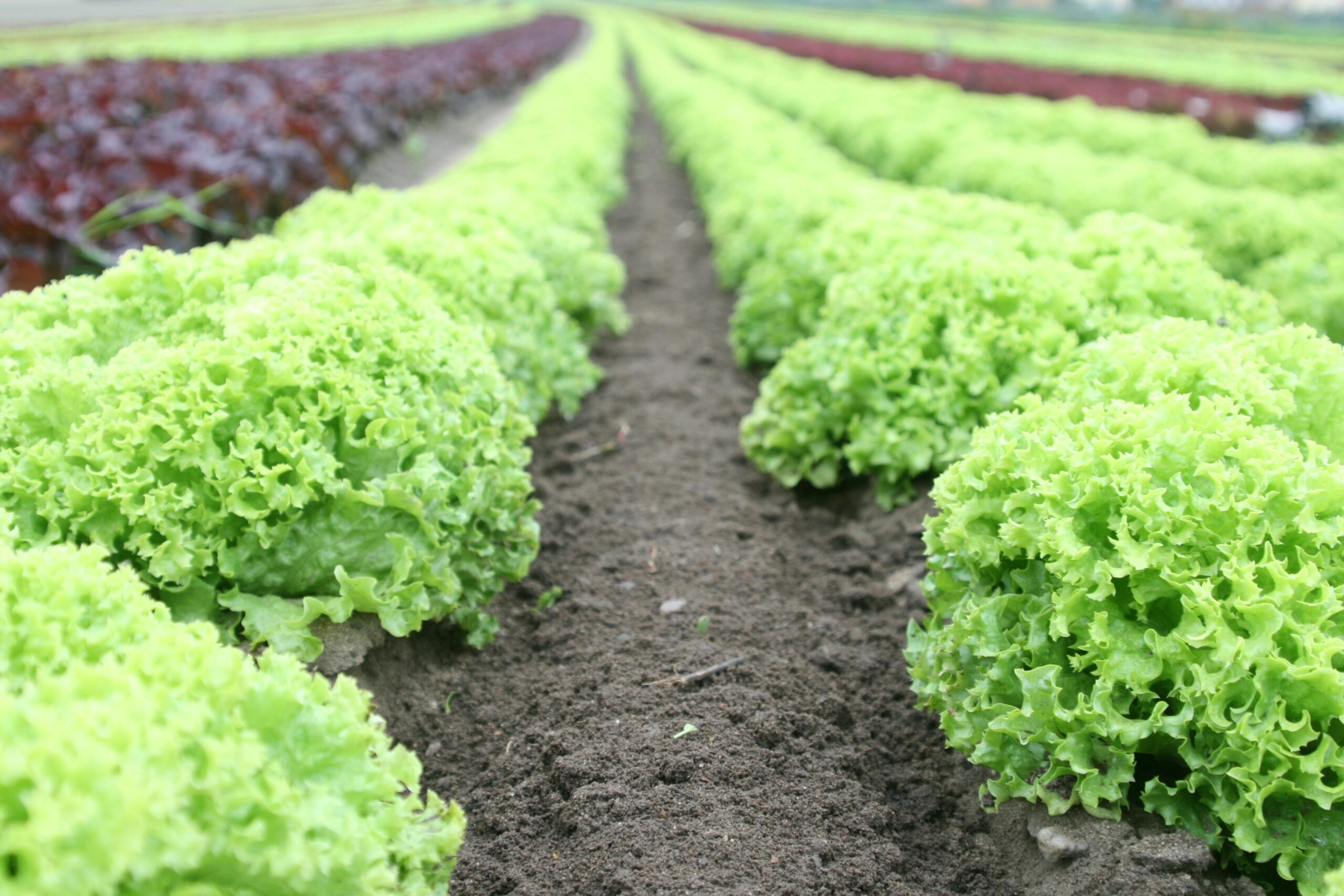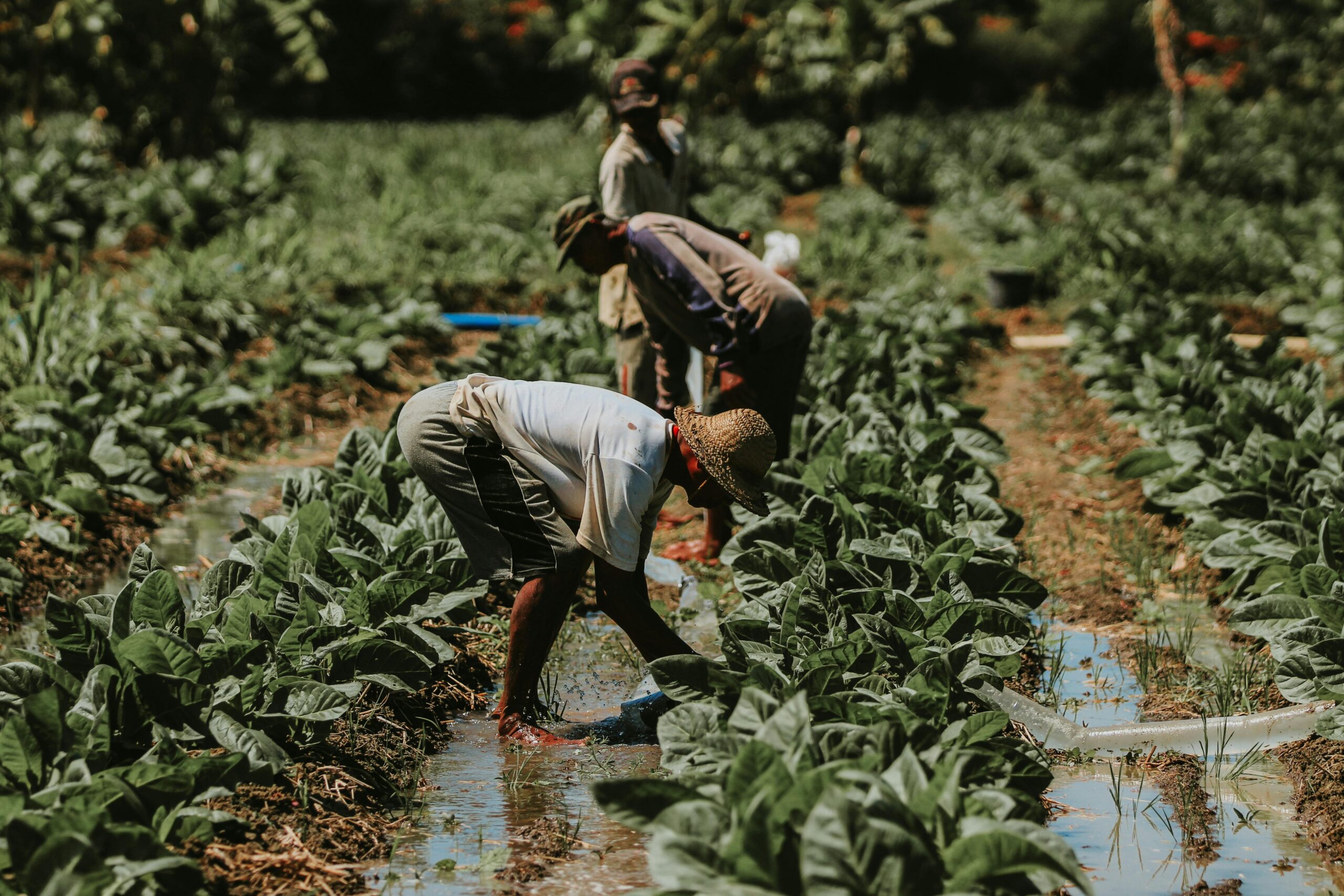Sustainable agriculture is revolutionizing how we produce food while fostering fair trade practices and protecting our planet’s precious resources for future generations.
🌱 The Intersection of Green Farming and Global Equity
The global agricultural landscape is undergoing a profound transformation. As climate change accelerates and social inequalities persist, sustainable agriculture has emerged as a powerful solution that addresses both environmental degradation and trade injustice simultaneously. This green revolution isn’t just about growing crops differently—it’s about reimagining our entire food system to create pathways toward ecological balance and economic fairness.
Farmers worldwide are discovering that sustainable practices don’t require sacrificing productivity or profitability. Instead, these methods often enhance both while creating positive ripple effects throughout supply chains. From smallholder farmers in Ethiopia to large-scale operations in California, the shift toward environmental stewardship is proving that agriculture can be a force for regeneration rather than depletion.
Understanding the Sustainable Agriculture Movement
Sustainable agriculture encompasses farming practices that meet current food needs without compromising future generations’ ability to do the same. This approach integrates three main goals: environmental health, economic profitability, and social equity. Unlike conventional industrial farming that often prioritizes short-term yields, sustainable methods focus on long-term viability and holistic ecosystem management.
The movement draws from traditional farming wisdom while incorporating modern scientific understanding. Techniques like crop rotation, integrated pest management, water conservation, and soil health optimization form the foundation. These practices reduce dependence on synthetic chemicals, minimize environmental impact, and often result in more nutritious produce.
Core Principles Driving Change
Several fundamental principles guide sustainable agricultural practices. Biodiversity preservation stands at the forefront, recognizing that diverse ecosystems are more resilient and productive. Farmers cultivate multiple crop varieties and integrate livestock in ways that mimic natural systems, creating synergies that reduce external inputs.
Soil health represents another cornerstone. Healthy soil teeming with microorganisms sequesters carbon, retains water, and provides plants with nutrients naturally. Practices like cover cropping, minimal tillage, and composting rebuild soil organic matter depleted by decades of intensive farming.
Water stewardship has become increasingly critical as freshwater scarcity affects agricultural regions globally. Sustainable farmers implement drip irrigation, rainwater harvesting, and drought-resistant crop varieties to maximize efficiency and ensure long-term water availability.
🌍 Trade Justice: Leveling the Agricultural Playing Field
Trade justice in agriculture addresses the power imbalances that have historically disadvantaged small-scale producers, particularly in developing nations. Conventional trade systems often favor large corporations and wealthy countries, leaving smallholder farmers with minimal bargaining power and inadequate compensation for their labor.
Sustainable agriculture intersects with trade justice through certification programs, direct trade relationships, and cooperative models that ensure fair prices for producers. These mechanisms acknowledge the true cost of production, including environmental stewardship efforts, and distribute value more equitably throughout supply chains.
Fair Trade Certification and Beyond
Fair trade certification has pioneered pathways for ethical agricultural commerce. These programs guarantee minimum prices for crops like coffee, cocoa, and tea, protecting farmers from volatile market fluctuations. Premium payments fund community development projects, from schools to healthcare facilities, creating social infrastructure in rural areas.
However, trade justice extends beyond certification labels. Direct trade relationships between farmers and buyers eliminate intermediaries who often capture disproportionate value. Technology platforms now connect producers directly with consumers and retailers, creating transparency and ensuring farmers receive fair compensation.
Cooperative models empower farmers through collective bargaining. When small producers organize, they gain negotiating leverage, access to credit, and opportunities to add value through processing and branding. These cooperatives often incorporate sustainable practices as core principles, linking environmental responsibility with economic justice.
Environmental Stewardship as Economic Strategy
Contrary to outdated assumptions that environmental protection and profitability conflict, sustainable agriculture demonstrates their compatibility. Farmers adopting regenerative practices often experience reduced input costs as they rely less on expensive synthetic fertilizers and pesticides. Healthy soils require fewer amendments, and diverse ecosystems naturally manage pests.
Premium markets increasingly value sustainably produced goods, allowing farmers to command higher prices. Consumers concerned about health, environmental impact, and social justice willingly pay more for products aligned with their values. This market shift creates financial incentives for sustainable practices.
Carbon Markets and Ecosystem Services
Emerging carbon markets offer farmers additional revenue streams for environmental stewardship. Agricultural soils can sequester significant amounts of atmospheric carbon when managed properly. Programs now compensate farmers for implementing practices that enhance carbon storage, transforming environmental benefits into economic assets.
Recognition of ecosystem services—benefits that natural systems provide—is expanding. Farmers maintaining pollinator habitats, protecting watersheds, or preserving biodiversity may receive payments from government programs, conservation organizations, or companies seeking to offset environmental impacts. These mechanisms acknowledge agriculture’s potential as an environmental solution rather than solely a problem.
🚜 Innovative Practices Transforming Agriculture
Agroforestry integrates trees with crops and livestock, creating multifunctional landscapes. Trees provide shade, prevent erosion, fix nitrogen, and offer additional income through fruit, nuts, or timber. This practice enhances biodiversity while improving farm resilience to climate variability.
Regenerative grazing manages livestock movement to mimic natural herbivore patterns. Animals graze intensively in small areas before moving, allowing vegetation to recover fully. This approach builds soil, sequesters carbon, and produces healthier animals without depleting rangelands.
Vertical farming and controlled environment agriculture represent urban sustainable solutions. These systems grow crops in stacked layers using LED lighting and precise nutrient delivery, dramatically reducing water use and eliminating pesticide needs. While energy-intensive, renewable power sources make these systems increasingly sustainable.
Technology as an Enabler
Precision agriculture technologies optimize resource use through data-driven decision-making. Sensors, drones, and satellite imagery help farmers apply water, fertilizers, and pesticides only where needed, reducing waste and environmental impact. GPS-guided equipment minimizes soil compaction and overlapping applications.
Mobile applications provide smallholder farmers in developing regions with market information, weather forecasts, and agricultural advice previously inaccessible. These digital tools democratize knowledge and empower farmers to make informed decisions, improving productivity while promoting sustainable practices.
📊 Measuring Impact: Sustainability Metrics That Matter
Quantifying sustainability helps farmers, buyers, and policymakers track progress and identify improvement areas. Multiple frameworks exist, each emphasizing different dimensions of agricultural sustainability.
| Metric Category | Key Indicators | Significance |
|---|---|---|
| Environmental | Soil organic matter, water use efficiency, biodiversity indices | Tracks ecological health and resource conservation |
| Economic | Net farm income, price premiums, cost savings | Demonstrates financial viability of sustainable practices |
| Social | Fair wages, working conditions, community investment | Ensures human welfare and trade justice |
| Climate | Carbon sequestration, greenhouse gas emissions, energy use | Measures climate impact and mitigation potential |
Life cycle assessments provide comprehensive environmental impact evaluations, tracking resources and emissions from production through consumption. These analyses reveal that sustainable agriculture typically demonstrates superior performance across multiple environmental indicators compared to conventional methods.
🌾 Regional Success Stories Worth Celebrating
In Costa Rica, the government’s commitment to sustainable agriculture has transformed the nation into a leader in organic production and agroecology. Policy support, farmer training, and market development created an ecosystem where sustainable practices thrive. Costa Rican coffee and bananas now command premium prices globally while protecting the country’s renowned biodiversity.
India’s Zero Budget Natural Farming movement has engaged millions of farmers in chemical-free agriculture based on traditional methods. This grassroots initiative reduces farmer debt while rebuilding soil health and producing nutritious food. State governments increasingly support the movement, recognizing its potential to address farmer distress and environmental degradation simultaneously.
European Union policies increasingly incentivize sustainable practices through the Common Agricultural Policy. Farmers receive payments for environmental stewardship, organic conversion, and maintaining landscape features that support biodiversity. This approach acknowledges agriculture’s multifunctional role beyond food production.
Overcoming Barriers to Widespread Adoption
Despite proven benefits, sustainable agriculture faces adoption challenges. Transition periods can temporarily reduce yields as ecosystems rebalance, creating financial stress for farmers. Access to knowledge and training remains limited in many regions, leaving farmers uncertain about implementation.
Market infrastructure often favors conventional agriculture, with supply chains, processing facilities, and distribution networks optimized for industrial methods. Sustainable producers may struggle to access markets or receive fair prices without specialized channels.
Policy Support and Investment Needs
Government policies can accelerate sustainable agriculture adoption through financial incentives, research funding, and regulatory frameworks. Subsidy reforms that currently favor industrial agriculture could redirect support toward sustainable practices, leveling the economic playing field.
Public and private investment in research develops region-specific sustainable techniques, addresses knowledge gaps, and validates practices through rigorous science. Extension services translate research into practical guidance accessible to farmers of all scales.
Infrastructure development supporting sustainable agriculture—organic processing facilities, local food distribution networks, and certification systems—requires coordinated investment from multiple stakeholders.
🌟 The Consumer’s Role in Driving Change
Consumer choices profoundly influence agricultural practices. Purchasing decisions signal market demand, encouraging producers to adopt methods aligned with consumer values. Supporting certified sustainable products, shopping at farmers’ markets, and choosing seasonal produce strengthen sustainable agriculture.
Reducing food waste represents a powerful form of environmental stewardship. Approximately one-third of food produced globally is wasted, representing squandered resources and unnecessary environmental impact. Conscious consumption patterns honor the labor and resources invested in food production.
Advocacy and political engagement amplify consumer power. Supporting policies that promote sustainable agriculture, trade justice, and environmental protection creates systemic change beyond individual purchasing decisions.
Looking Forward: Agriculture as Climate Solution
Agriculture’s potential as a climate solution is increasingly recognized. While the sector currently contributes approximately 25% of global greenhouse gas emissions, sustainable practices can reverse this, making agriculture a net carbon sink. Scaling regenerative agriculture represents one of humanity’s most accessible climate mitigation strategies.
Climate adaptation also depends on agricultural resilience. Sustainable practices create farming systems better equipped to withstand extreme weather, shifting seasons, and pest pressures associated with climate change. Biodiversity, soil health, and water conservation enhance this resilience.
Building Resilient Food Systems
Future food security depends on resilient agricultural systems that withstand shocks while providing adequate nutrition for growing populations. Sustainable agriculture builds this resilience through diversity, local adaptation, and ecosystem health rather than dependence on external inputs vulnerable to supply disruptions.
Regional food systems reduce transportation impacts while supporting local economies. Strengthening connections between nearby producers and consumers creates security, freshness, and community relationships that transcend mere transactions.
🤝 Collaborative Approaches Amplifying Impact
No single entity can transform global agriculture alone. Effective change requires collaboration across sectors, scales, and perspectives. Farmers, researchers, businesses, governments, and civil society each contribute unique strengths to the sustainable agriculture movement.
Public-private partnerships leverage diverse resources and expertise. Corporations increasingly recognize that sustainable sourcing ensures long-term supply chain stability while meeting consumer expectations. Partnerships with NGOs and farmer organizations facilitate implementation at scale while ensuring trade justice principles guide efforts.
International cooperation shares knowledge and resources across borders. Sustainable practices developed in one region can be adapted elsewhere, accelerating global progress. Climate finance mechanisms can support sustainable agriculture transitions in developing nations, recognizing that environmental benefits transcend national boundaries.

Empowering the Next Generation of Farmers
Young people represent agriculture’s future, yet aging farmer populations in many regions create succession challenges. Attracting young farmers requires demonstrating that agriculture can be environmentally meaningful, economically viable, and technologically sophisticated.
Sustainable agriculture appeals to values-driven young people seeking purposeful careers. Educational programs, apprenticeships, and land access initiatives create pathways for new farmers committed to stewardship principles. These emerging farmers often bring innovation, technological fluency, and fresh perspectives to ancient practices.
The green harvest movement continues gaining momentum as evidence mounts that sustainable agriculture delivers environmental, economic, and social benefits simultaneously. Trade justice and environmental stewardship are not competing priorities but complementary goals strengthened by integration. As climate change intensifies and consumers demand ethical production, sustainable agriculture transitions from alternative to necessity. The future of farming lies in working with nature rather than against it, ensuring fair compensation for producers, and recognizing agriculture’s potential as a regenerative force healing both planet and communities.
Toni Santos is a global-policy researcher and ethical-innovation writer exploring how business, society and governance interconnect in the age of interdependence. Through his studies on corporate responsibility, fair trade economics and social impact strategies, Toni examines how equitable systems emerge from design, policy and shared vision. Passionate about systemic change, impact-driven leadership and transformative policy, Toni focuses on how global cooperation and meaningful economy can shift the scenario of globalization toward fairness and purpose. His work highlights the intersection of economics, ethics and innovation — guiding readers toward building structures that serve people and planet. Blending policy design, social strategy and ethical economy, Toni writes about the architecture of global systems — helping readers understand how responsibility, trade and impact intertwine in the world they inhabit. His work is a tribute to: The global commitment to equity, justice and shared prosperity The architecture of policy, business and social impact in a connected world The vision of globalization as cooperative, human-centred and regenerative Whether you are a strategist, policymaker or global thinker, Toni Santos invites you to explore ethical globalization — one policy, one model, one impact at a time.




